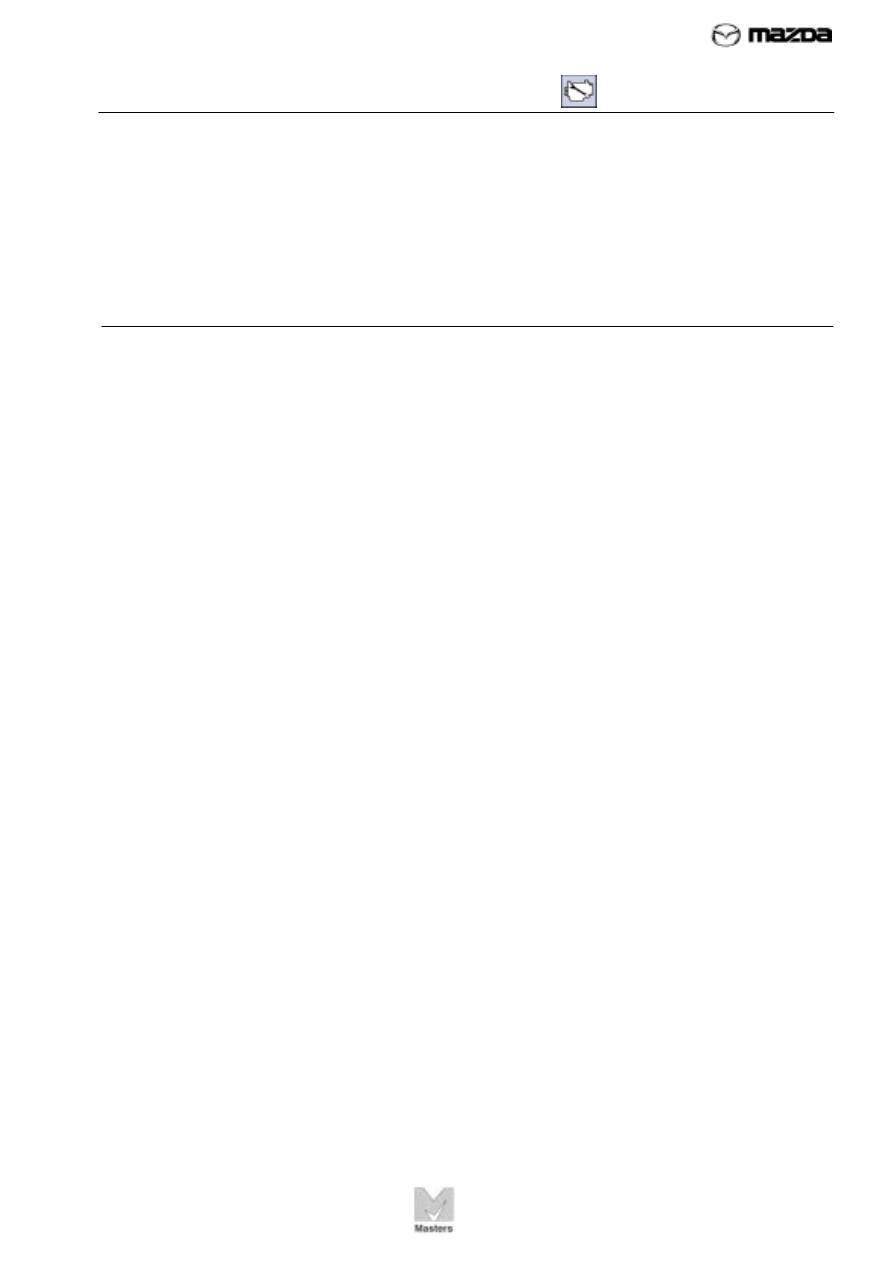Mazda Training manual - part 234

3 – SHORT BLOCK
21
Piston Engine Fundamentals
TC010-05-01S
The short block includes the cylinder block, crankshaft, bearings, connecting rods, and
pistons. (A partial engine, or long block, is a short block plus cylinder head(s) and cover(s),
timing belt and covers, and oil pan.) A low mileage engine with excessive oil consumption or
lower end knocking is usually replaced with a short block. This section describes how each
part of the short block works.
OBJECTIVES
After completing this section, you will be able to:
•
Identify the important parts of the cylinder block and describe their functions.
•
Identify the important parts of the crankshaft and describe their functions.
•
Describe how main bearings secure and lubricate the crankshaft.
•
Describe how the piston is attached to the crankshaft.
•
Identify important parts of the piston and describe their functions.
•
Describe how pistons are constructed to overcome the problems of heat expansion.
•
Identify the piston rings and describe their functions.